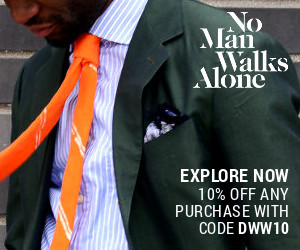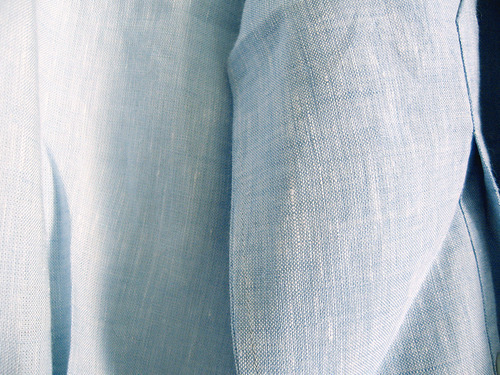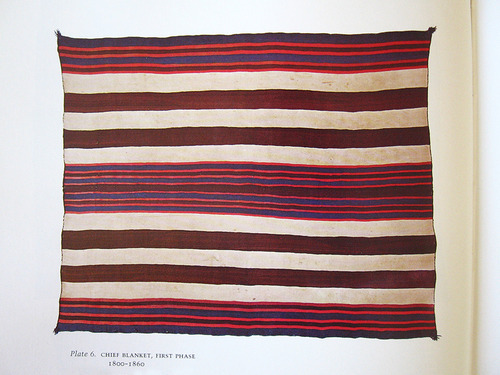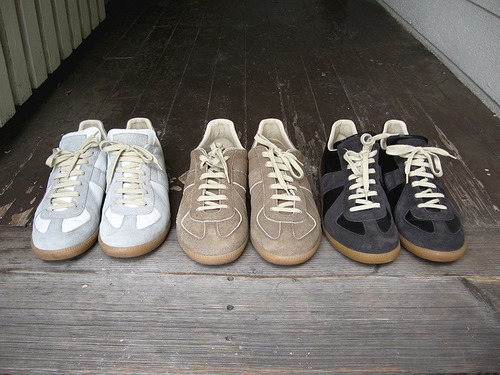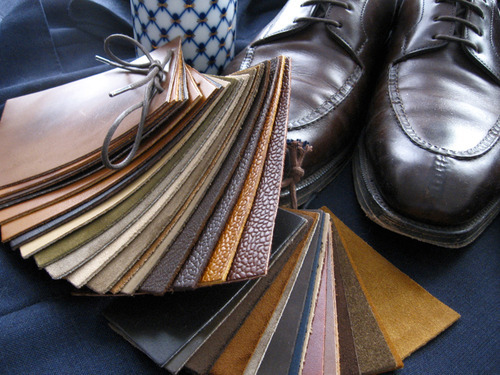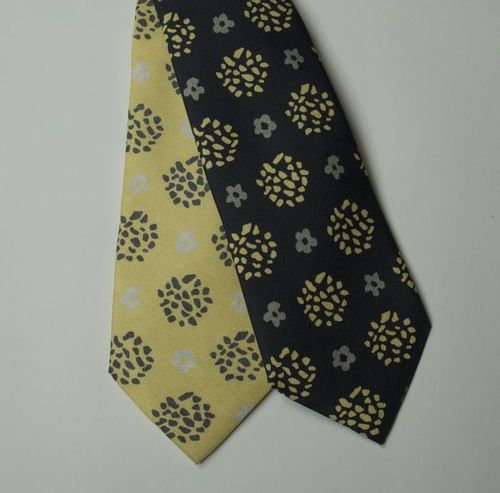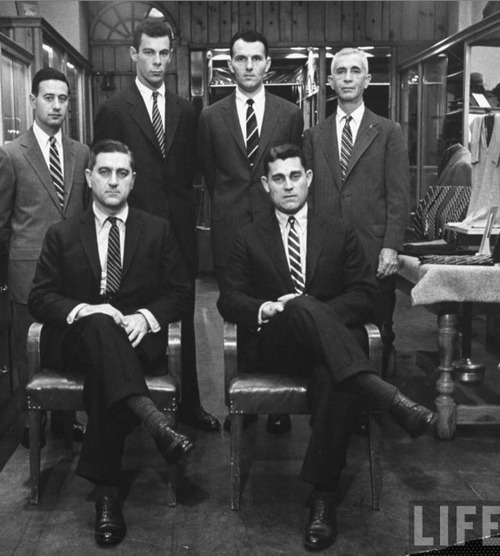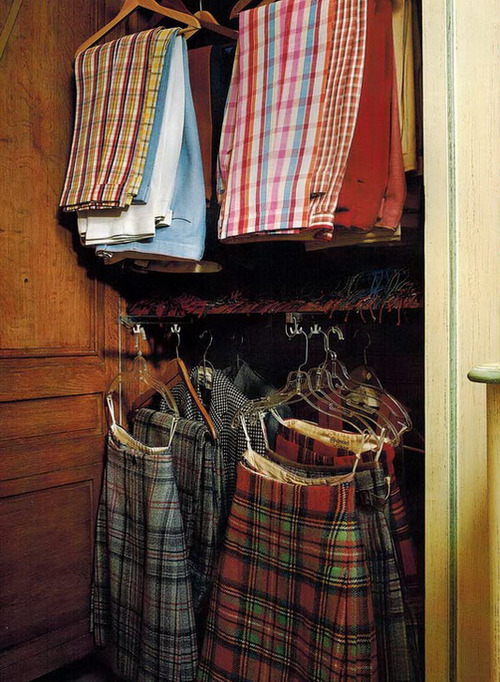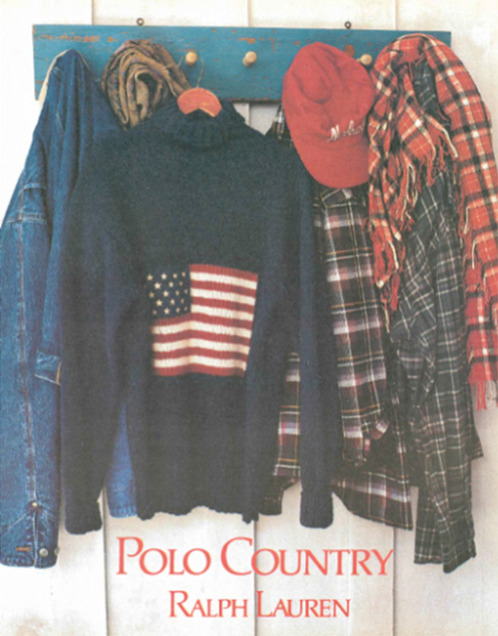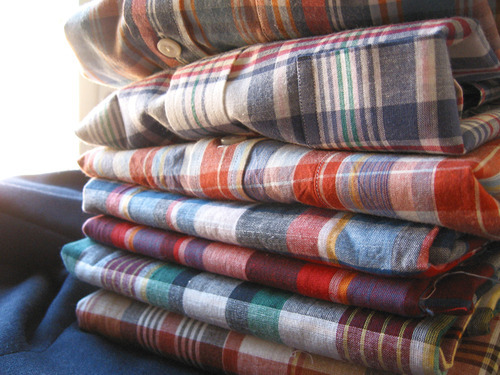
I recently picked up a copy of Ralph Lauren’s 40th anniversary book, which is now available for $25 on eBay. The thing is massive, being a large format coffeetable book with about five hundred pages. Given its size and weight, I think $25 might have only covered the seller’s costs in shipping.
The content itself, unfortunately, is somewhat disappointing. It’s mostly a superficial overview of the brand’s identity, covered through 750 photographs and Ralph Lauren’s personal narration. For those who have followed the company closely over the years, a lot of this will be old ground. There’s stuff about Ralph Lauren’s collaboration with Bruce Weber; how he draws inspiration from the Old West and Ivy Style; and how he designs his women’s collections around the idea of a heroine. The text is short and the photographs plenty. Images are mostly culled from old fashion photoshoots and advertising campaigns, so you get lots of men in tweed jackets and breeks, and women in pinstripe suits or Native-American inspired sweaters, standing and looking serious next to expensive cars, or inexplicably being surrounded by old, tin milk cans and shaggy dogs in neckties. You know, Ralph Lauren stuff.
I wish the editors instead focused on the company’s key designs throughout the years, talked about the design and manufacturing process, and perhaps included a few essays from smart writers. As is, the 40th anniversary book feels a lot like a big magazine filled with nothing but Ralph Lauren ads.
There is one redeeming quality, however. Among the many ad campaign images, there are photos of the man himself – Mr. Ralph Lauren. In every shot, Lauren is sporting what has become his signature style (which, over the years, I admit I’ve come to like). There are those double breasted jackets with massive shoulder pads, the ever present denim tuxedo, and what I think is his personal best – when he’s wearing nothing but jeans and a plaid shirt, or a beat-up leather jacket layered over a clean white tee. This is Ralph Lauren, the man who created the greatest ready-to-wear brand in history.
Keep reading








